This article was co-written by Marinela Profi, Product Marketing Manager for AI, Data Science and Open-Source. Check out her blog profile for more information.
Artificial Intelligence (AI) is changing the way people and organizations improve decision-making and move about their lives – from text translation, to chatbots and predictive analytics. However, many organizations are struggling to realize its potential as model deployment processes remain disconnected, creating unforeseen headaches and manual work. Additionally, other requirements like performance monitoring, retraining, and integration into core business processes must be streamlined for optimal teamwork and resource usage.
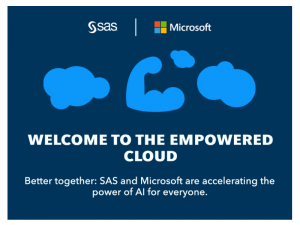 SAS and Microsoft are partnering to inspire greater trust and confidence in every decision, by driving innovation and proven AI in the cloud. With a combined product roadmap, SAS and Microsoft are working tirelessly to improve offerings and connectivity between SAS Viya and Microsoft Azure environments across industries. That’s why we are especially excited to announce SAS Viya users can now publish SAS and open-source models in Azure Machine Learning.
SAS and Microsoft are partnering to inspire greater trust and confidence in every decision, by driving innovation and proven AI in the cloud. With a combined product roadmap, SAS and Microsoft are working tirelessly to improve offerings and connectivity between SAS Viya and Microsoft Azure environments across industries. That’s why we are especially excited to announce SAS Viya users can now publish SAS and open-source models in Azure Machine Learning.
The SAS and Microsoft team built a tightly integrated connection between SAS Model Manager and Azure Machine Learning to register, validate, and deploy SAS and open-source models to Azure Machine Learning with just a few clicks. From there, data scientists can enrich their applications with SAS or open-source models within their Azure environment.
This integration will enable users to:
1) Extend SAS models stored in SAS Model Manager into the Azure Machine Learning registry, offering more opportunities for collaboration across the enterprise.
2) Deploy SAS and open-source models from SAS Model Manager to Azure Machine Learning on the same Azure Kubernetes cluster you have already set up in Azure Machine Learning. Before deploying the model, you can validate the model and ensure it meets your criteria.
3) Seamlessly connect your SAS Viya and Microsoft environments without the hassle of verifying multiple licenses with single sign-on authentication via Azure Active Directory (Azure AD).
Get started
Step 1: To get started, use Azure AD for simplified SAS Viya access.
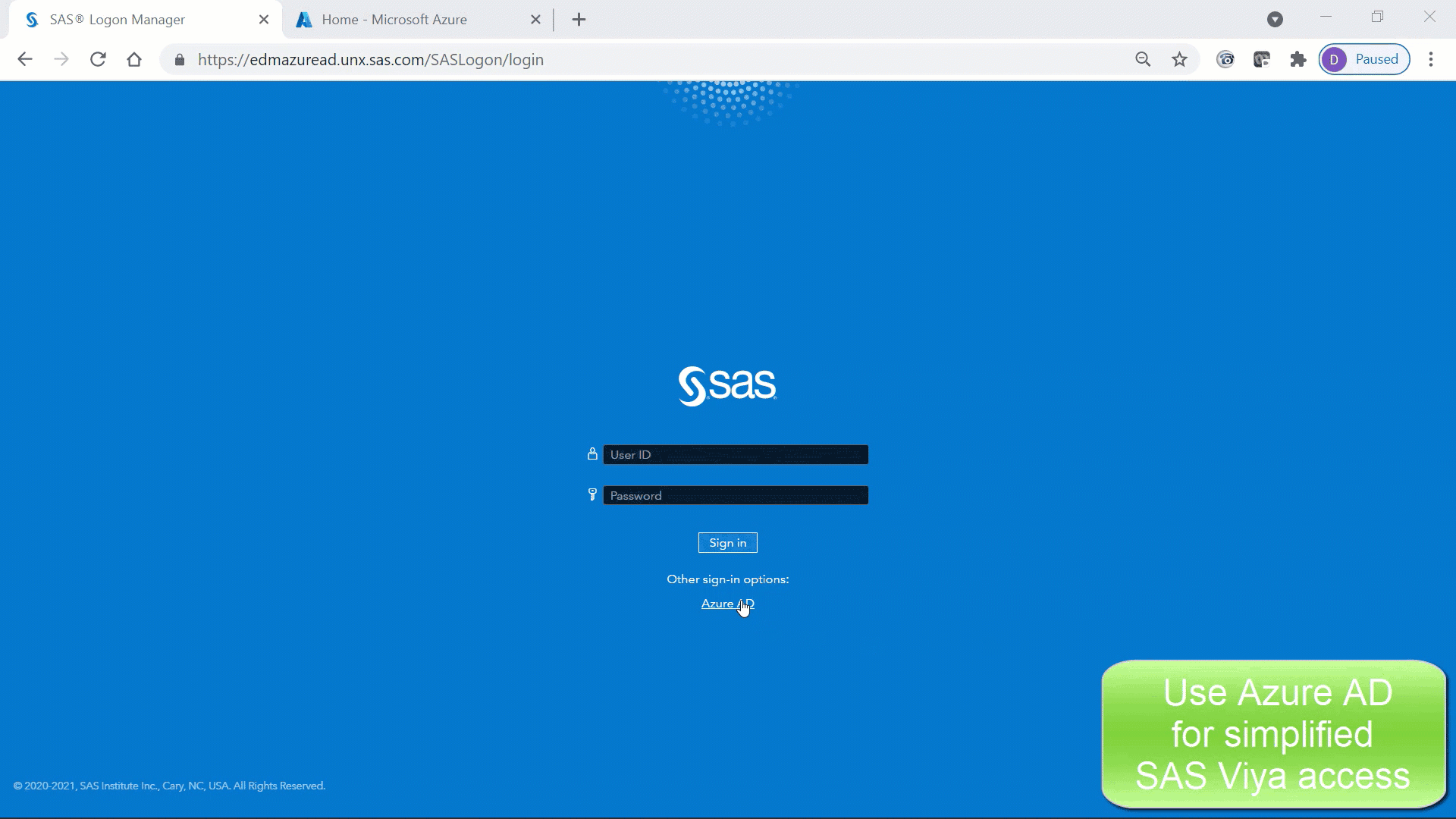
Step 2: SAS Model Manager governs, deploys, and monitors all types of SAS and open-source models (i.e., Python, R). On the home page, you can see the projects you and your team are working on in addition to “What’s new” and “How to” videos with the latest updates.
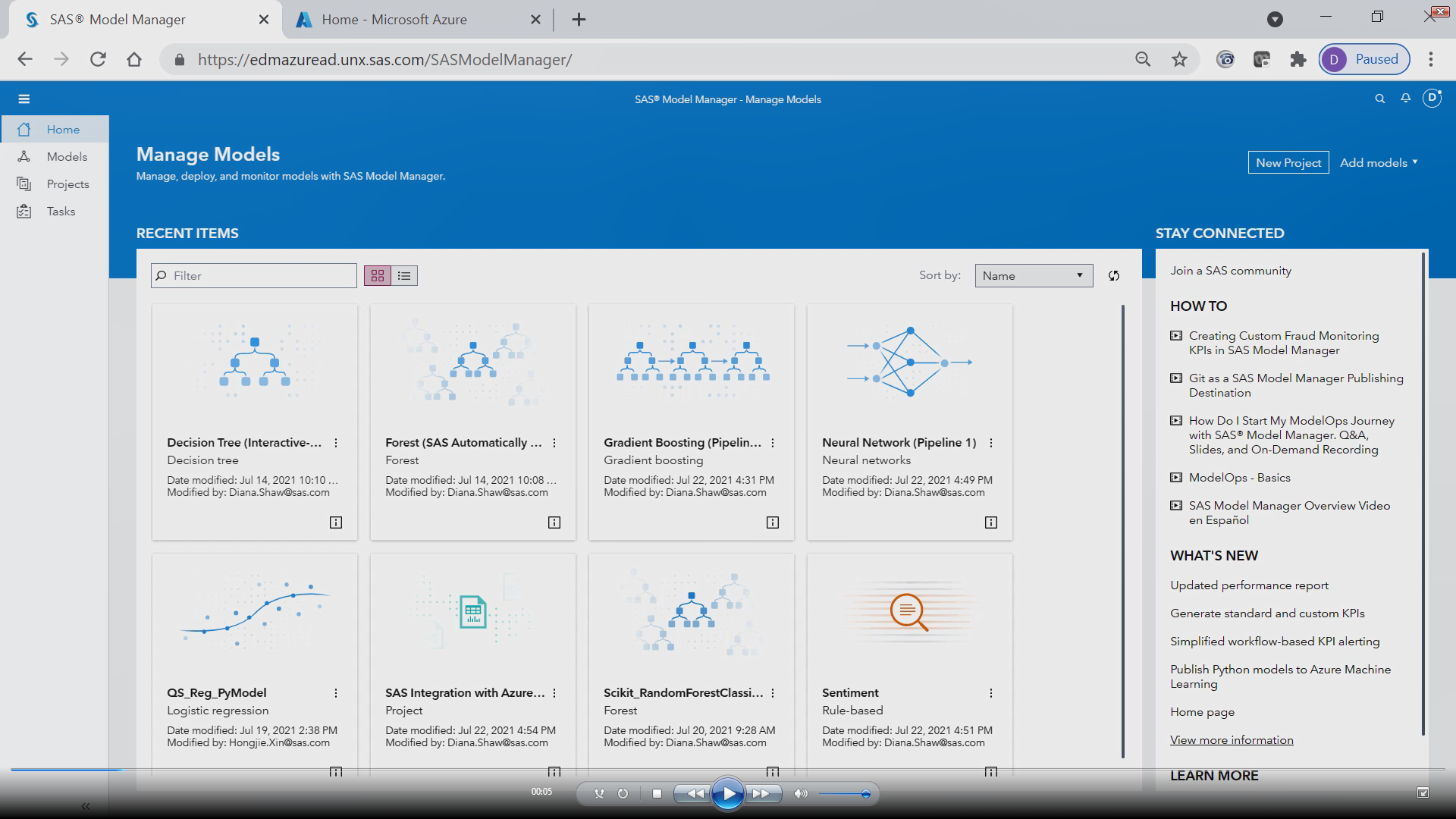
Step 3: Compare different models to identify the most accurate “champion model.” Deploy the model throughout the Microsoft ecosystem from cloud to edge with customizable runtimes, centralized monitoring, and management capabilities.
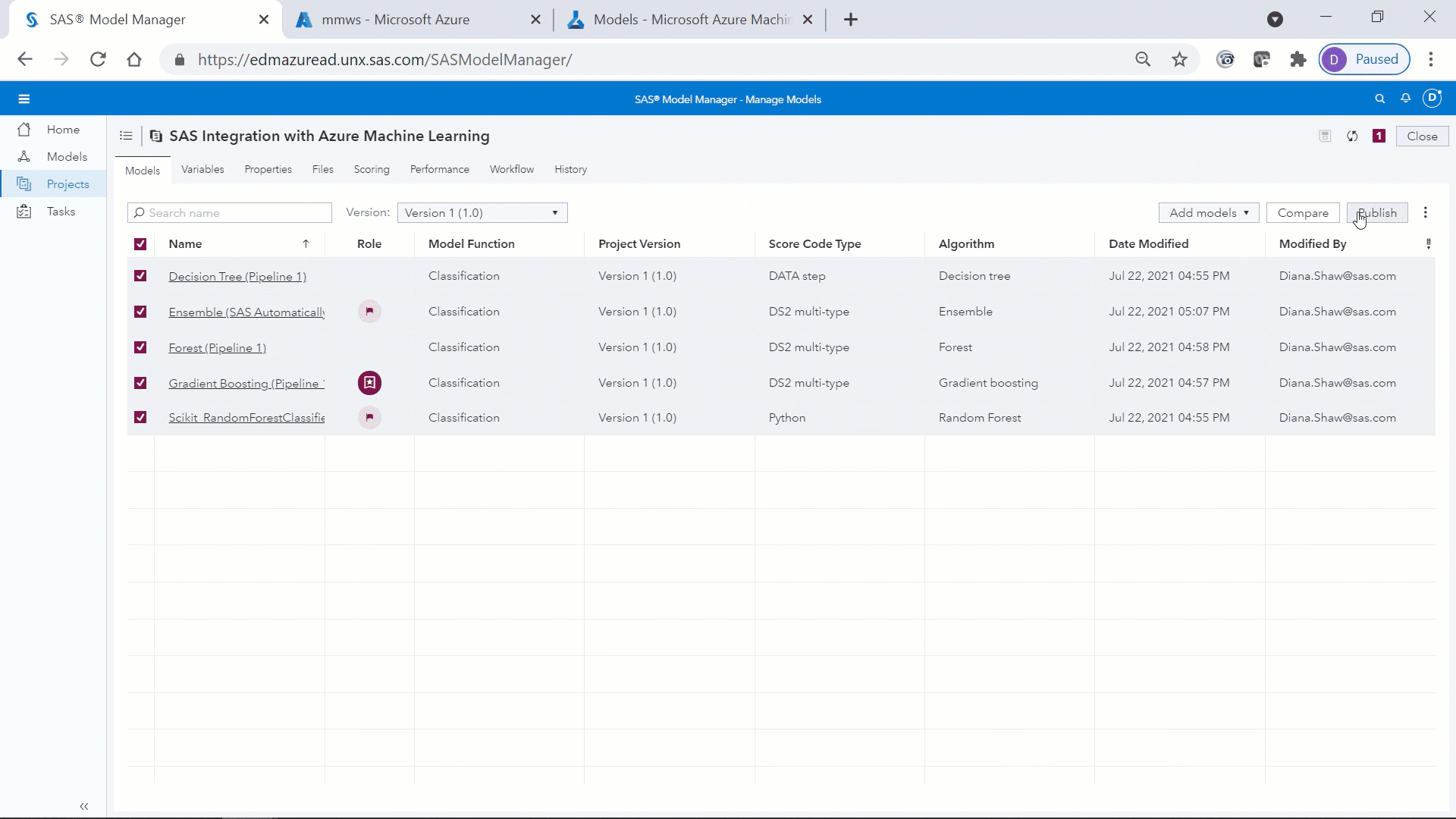
Step 4: Using the provided artifacts, Azure Machine Learning creates executable containers supporting SAS and open-source models. You can use the endpoints created through model deployment for the scoring of the data.
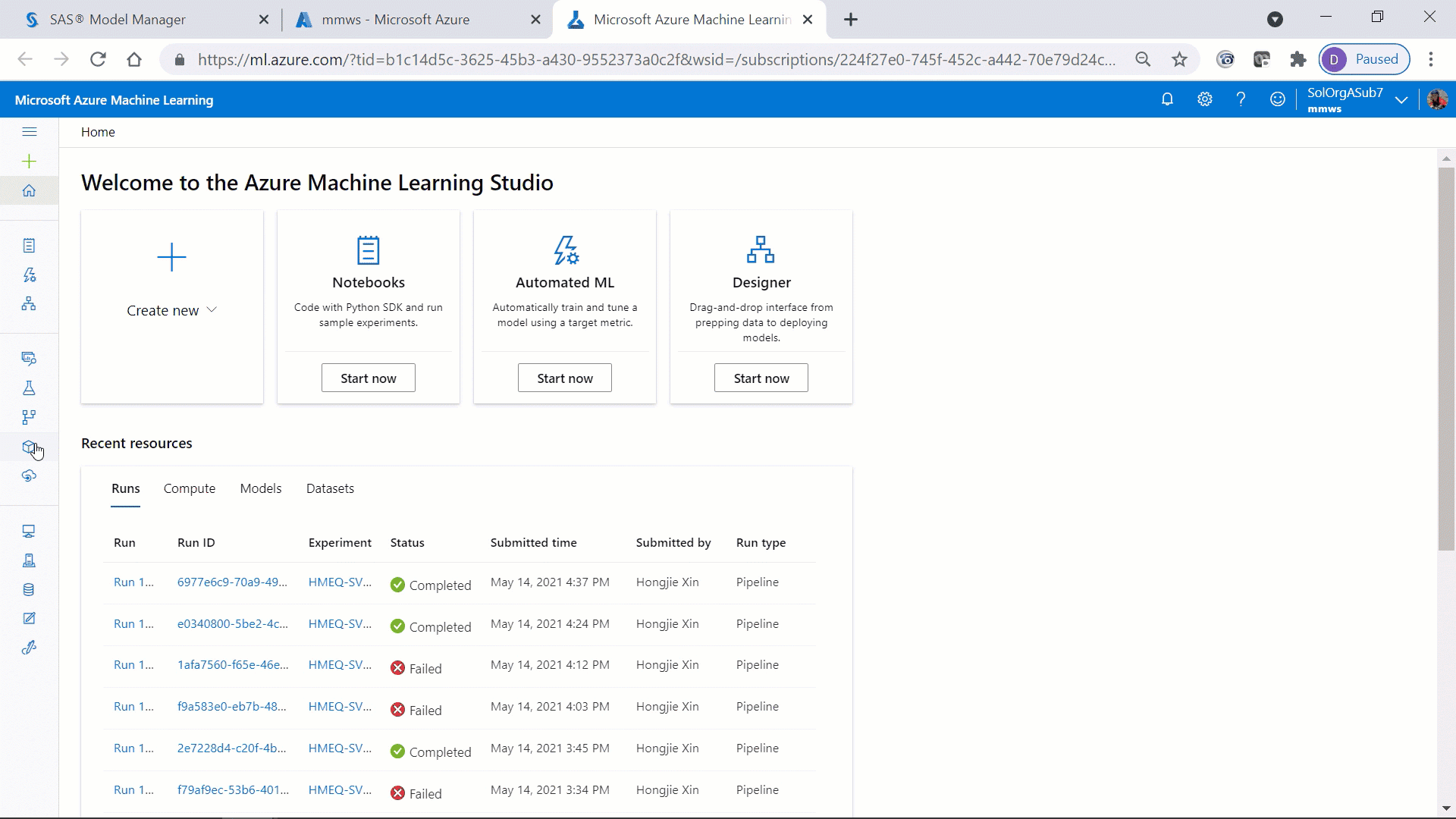
Step 5: Schedule SAS Model Manager to detect model drift and automatically retrain models in case of poor performance or bias detection.
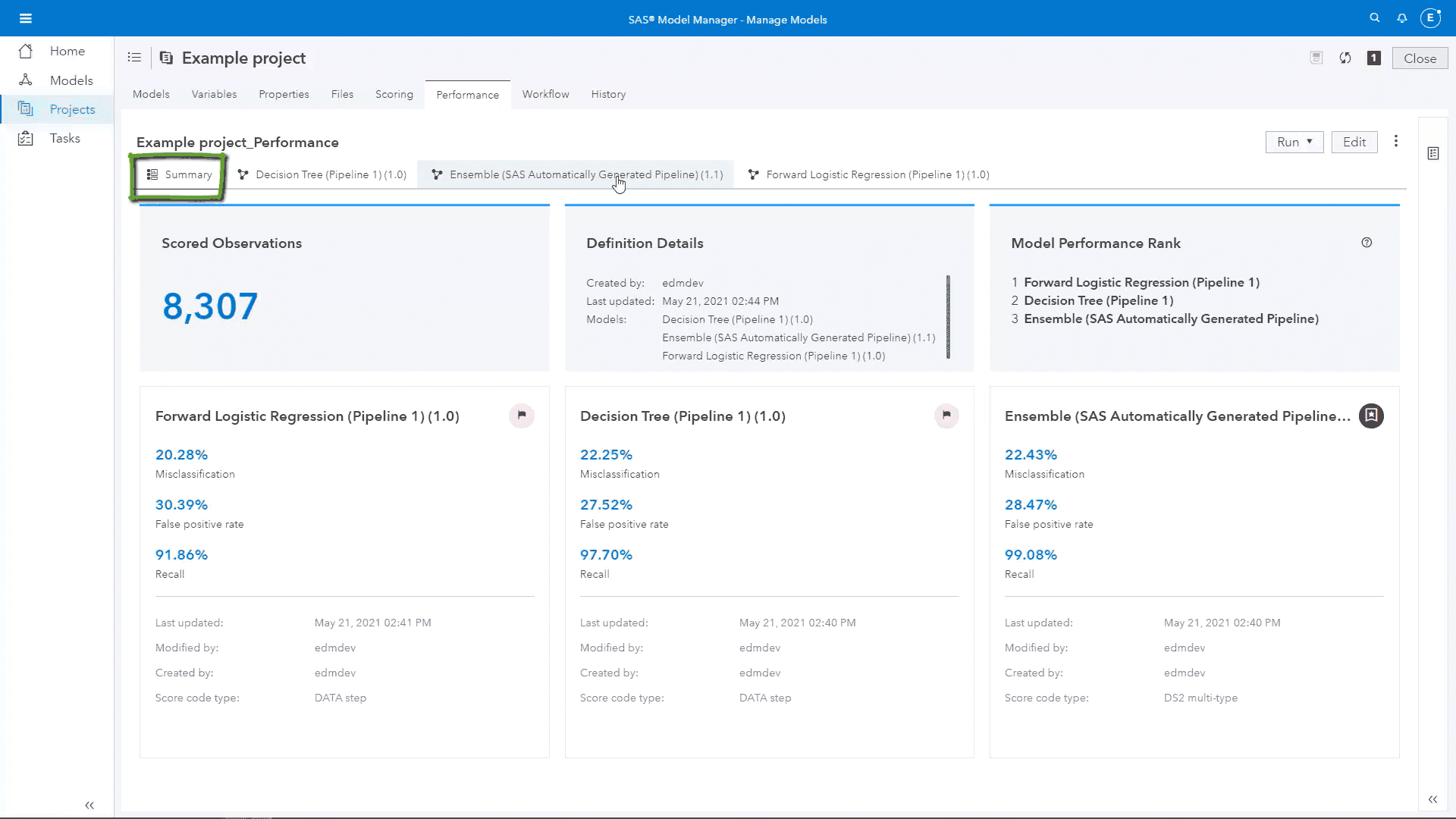
Discover more
If you want to know more about SAS Model Manager and our partnership with Microsoft, check out the resources below:
• “What’s New with SAS Model Manager” article series to find out the latest and greatest updates.
• SAS Model Manager: User’s Guide documentation for more information about using Azure Machine Learning as a SAS Model Manager publishing destination.
• See how the SAS Hackathon teams used SAS Viya on Azure to solve 100 different use cases on Data for Good, industries and startups.
Let us know what you think!
We would love to hear what you think about this new experience and how we can improve it. If you have any feedback for the team, please share your thoughts and ideas in the comments section below.
